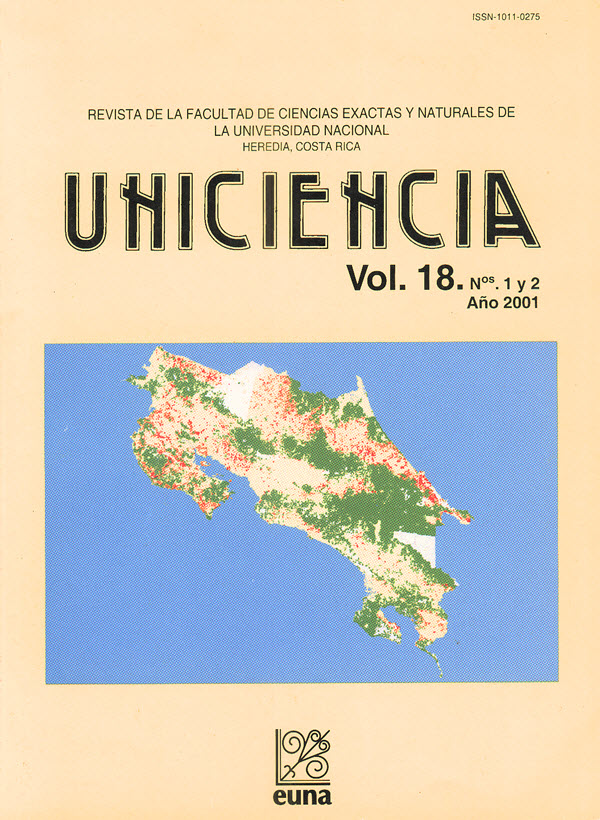Efecto de la fitasa en el aprovechamiento del fósforo en dietas para tilapia (Oreochromis niloticus). Resultados preliminares (ING)
Abstract
The aim of this study was to test if the inclusion of bacterial phytase in tilapia diets would reduce the requirement of dietary phosphorous for tilapia (Oreochromis niloticus). Four diets (0,8% P, 0,5% P, 0,5% P with 600 FTU phytase and 0,5% P with 1,200 FTU phytase) were tested in a 6 week experiment with juvenile Oreochromis niloticus. Inclusion of phytase improved growth and feed conversion, and with 1,200 FTU phytase growth and feed conversion were even superior to the diet with high phosphorous, but the results were statistically not significant. Excretion of phosphorous into the water and the faeces were significantly reduced through phytase inclusion. The advantages of phytase inclusion for various aspects of intensive fish culture are discussed.
Downloads
Published
Issue
Section
License
Authors who publish with this journal agree to the following terms:
1. Authors guarantee the journal the right to be the first publication of the work as licensed under a Creative Commons Attribution License that allows others to share the work with an acknowledgment of the work's authorship and initial publication in this journal.
2. Authors can set separate additional agreements for non-exclusive distribution of the version of the work published in the journal (eg, place it in an institutional repository or publish it in a book), with an acknowledgment of its initial publication in this journal.
3. The authors have declared to hold all permissions to use the resources they provided in the paper (images, tables, among others) and assume full responsibility for damages to third parties.
4. The opinions expressed in the paper are the exclusive responsibility of the authors and do not necessarily represent the opinion of the editors or the Universidad Nacional.
Uniciencia Journal and all its productions are under Creative Commons Atribución-NoComercial-SinDerivadas 4.0 Unported.
There is neither fee for access nor Article Processing Charge (APC)






